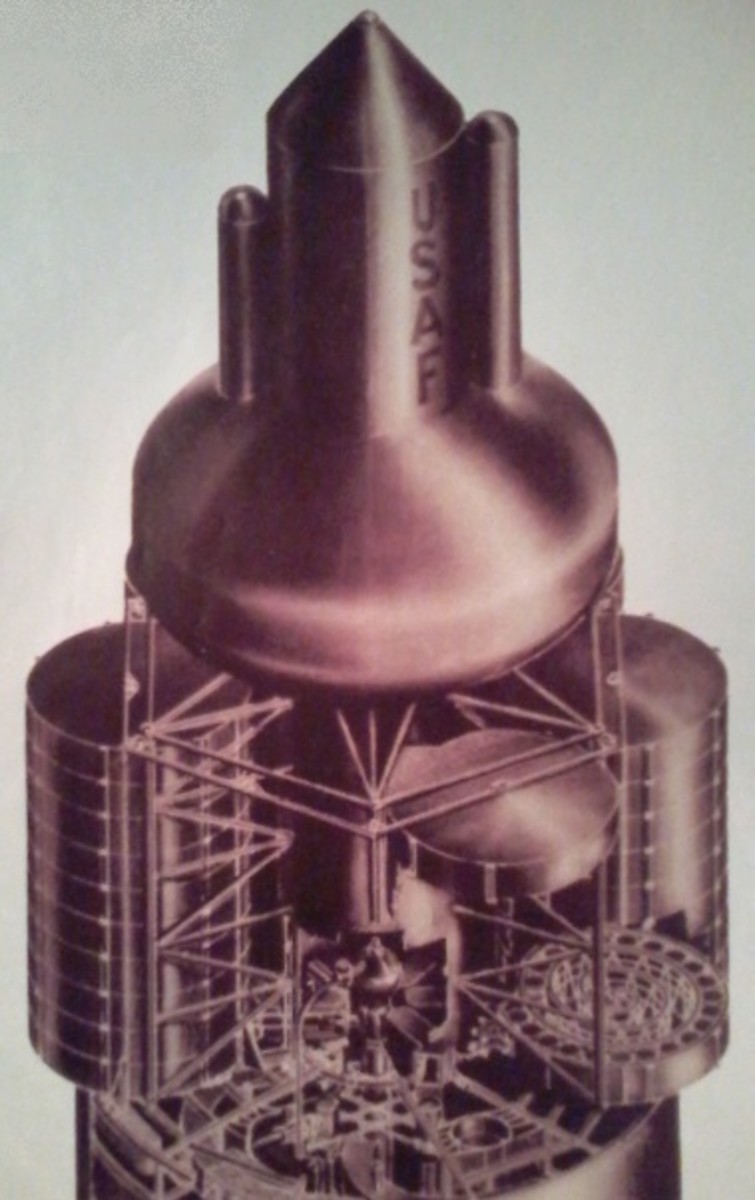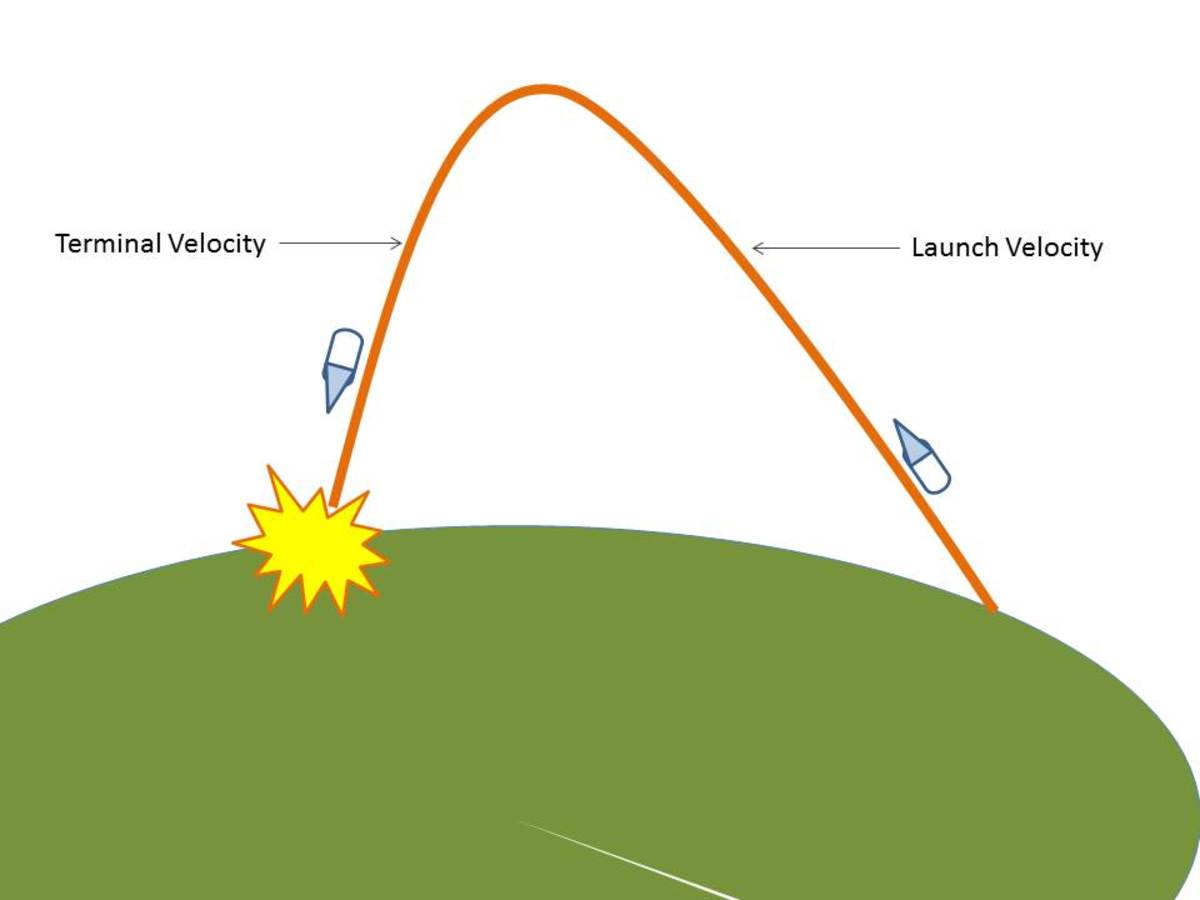- HubPages»
- Education and Science»
- History & Archaeology»
- Military History
Israeli Nuclear Weapons
Between 1948-60, Israel sought to produce nuclear bombs and during this time, the primary country that aided it in building nuclear reactors and in acquiring materials was France. America actually opposed it but much of the material Israel needed to build the bomb was from the USA but bought by France, which then shipped it to Israel.
Israel seriously pursued the weapon after the 1956 Suez crisis for security reasons and self perservation. French experts secretly built the Israeli reactor underground at Dimona, in the Negev desert of southern Israel near Beersheba. Hundreds of French engineers and technicians filled Beersheba, the biggest town in the Negev. Many of the same contractors who built Marcoule were involved. SON (a French firm) built the plutonium separation plants in both France and Israel. The ground was broken for the EL-102 reactor (as it was known to France) in early 1958. Israel called the plant a manganese plant or a textile plant. The United States by the end of 1958 had taken pictures of the project from U-2 spy planes, and identified the site as a probable reactor complex. By late 1960, Israel made it public.
After the 1967 war, France stopped supplies of uranium to Israel. Israel was able to secure the needed ore through West Germany and Belgium via fake companies. They were able to obtain 200 tons of "yellow cake". Israel had two atomic bomb now. Egypt also found out about the nuclear reactor at Dimona and plans were made to destroy, however, Nasser vetoed them fearing failure. Starting in 1968, Israel could produce 3-5 nuclear bombs a year. In 1969, they obtained US aircraft that could also deliver them.
By early afternoon on 7 October, 1973, no effective forces were in the southern Golan Heights and Syrian forces had reached the edge of the plateau, overlooking the Jordan River. This crisis brought Israel to its second nuclear alert. Israel prepared to use 13 20 kiloton nuclear weapons as a last resort. The primary target was Damascus. However, the US imposed its will on Israel and started a massive resupply of military equipment by Oct 9, avoiding it. Meanwhile, Russia had discovered Israeli nukes also and sent two nuclear submarines near Egypt and provide them with tow SCUD missile brigades armed with nuclear weapons by the 15th. Israel went into its third nuclear alert.
Luckily, Egypt and Israel agreed to peace. A nuclear bullet was dodged.








